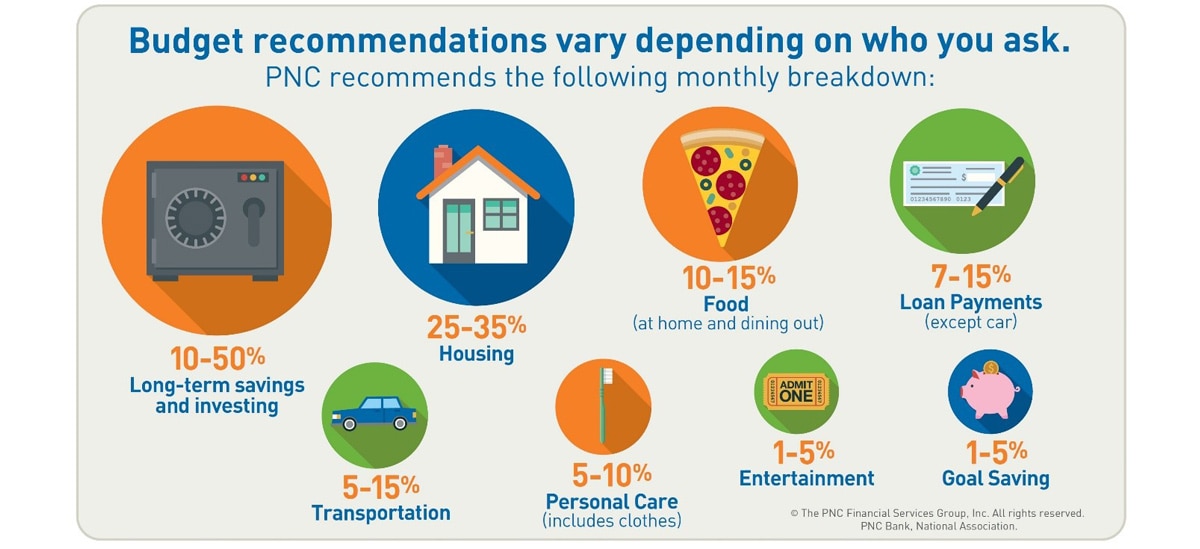



In an ever-evolving digital landscape, businesses are continually on the lookout for innovative ways to expand their reach and tap into new markets. Pay-Per-click (PPC) advertising has emerged as a powerful tool for companies seeking to break through geographical and demographic barriers, offering the adaptability and precision that conventional marketing methods frequently enough lack. However, diving into unfamiliar territories can be both thrilling and challenging. It requires more than just a well-crafted ad – a strategic approach is essential to ensure your message resonates with diverse audiences. In this article, we will explore the key considerations for successfully breaking into new markets with PPC, from understanding cultural nuances to optimizing campaigns for local search behaviors. Join us as we navigate the intricacies of international digital advertising and equip you with the insights needed to forge meaningful connections in uncharted waters.
when considering expansion into new markets through PPC, it’s vital to undertake thorough market research to identify high-potential opportunities. Start by examining key metrics such as search volume, competition level, and economic trends. These factors will help pinpoint markets where demand exceeds supply, ensuring your PPC efforts yield better results.Additionally, consider regional factors that may influence purchasing behavior, such as local culture, legislation, and language nuances. A comprehensive analysis allows you to gauge your product or service’s viability in prospective markets before committing resources.
Once potential markets have been identified, creating a targeted strategy is essential. Understand who your audience is and tailor your messaging accordingly. Here are some elements to focus on:
To illustrate these considerations,the table below showcases hypothetical market metrics that might guide your decision-making process:
| Market | Search Volume | Competition Level | Potential ROI |
|---|---|---|---|
| Market A | 10,000/month | low | High |
| Market B | 25,000/month | medium | Medium |
| Market C | 15,000/month | High | Low |

When crafting ad messages aimed at diverse audiences, it is paramount to recognize the cultural, linguistic, and emotional nuances that separate different market segments. Personalizing your message to resonate with specific demographic characteristics can significantly enhance engagement. Consider incorporating elements that reflect the audience’s values, interests, and pain points. For example, using localized language can help create a sense of familiarity, while culturally relevant imagery can foster an emotional connection. here are some tips to enhance your ad messaging:
testing different variations of your ad messages is vital to identify what resonates best across diverse segments. Using A/B testing can help you compare responses to various narratives,imagery,and calls-to-action. Implement measures to capture detailed feedback, allowing for continuous improvements in your campaign strategy. To visualize the effectiveness of your approaches, consider using data to showcase accomplished message adaptations across demographics:
| Audience Segment | Message Variation | Engagement Rate (%) |
|---|---|---|
| Millennials | Interactive and Social Media-focused | 35 |
| Baby Boomers | Traditional and informative | 40 |
| Gen Z | Trendy and Visual | 50 |

To successfully penetrate new markets through PPC campaigns,it’s crucial to implement a well-structured budgeting strategy. Begin by clearly defining your target audience and conducting extensive market research.Understanding local preferences and purchasing behaviors will help in allocating your budget efficiently. Consider the following key factors:
Additionally,segment your budget into distinct campaigns based on products,services,or geographical areas.This allows for more detailed performance tracking and better resource allocation. Using tools like Google Analytics can provide invaluable insights, ensuring that your spend is directly linked to measurable outcomes. An example budget allocation might look like this:
| Campaign Type | Budget Allocation (%) |
|---|---|
| Awareness | 40% |
| Engagement | 30% |
| conversion | 30% |

To measure the success of your PPC campaigns when entering new markets, it’s essential to establish clear KPIs that align with your business objectives. Some key indicators to watch include:
After evaluating performance,it’s vital to be agile in adapting your strategies. Analyzing data regularly allows for fast adjustments to targeting options, ad creatives, and bidding strategies. consider employing A/B testing to refine your approach further, as this can reveal subtle variations that lead to better outcomes. Utilizing insights from audience behavior and engagement will enable you to identify successful tactics and those that need improvement. Below is a sample table for better understanding:
| Strategy | Outcome | Next Steps |
|---|---|---|
| Targeting Broad Keywords | High Clicks, Low Conversions | Narrow Focus; Test Long-Tail Keywords |
| Engaging Ad Copy | Increased CTR | Maintain; Explore Visual Ad Formats |
| Geo-Targeting | Mixed Results | Refine Location Parameters; Analyze Demographics |
breaking into new markets with pay-per-click advertising presents both exciting opportunities and notable challenges. As you navigate the complexities of diverse audiences and competitive landscapes, it’s crucial to leverage the insights and strategies discussed in this article. By understanding local nuances, crafting compelling ad copy, and continuously monitoring your campaigns, you position your business for success in uncharted territories. Remember, the key to thriving in new markets lies not just in attracting clicks, but in converting those clicks into lasting relationships with your consumers. As the digital landscape evolves,so too should your approach—stay agile,remain informed,and let your PPC efforts unlock the doors to growth and innovation. Embrace the journey, and may your ventures into new markets yield fruitful results.